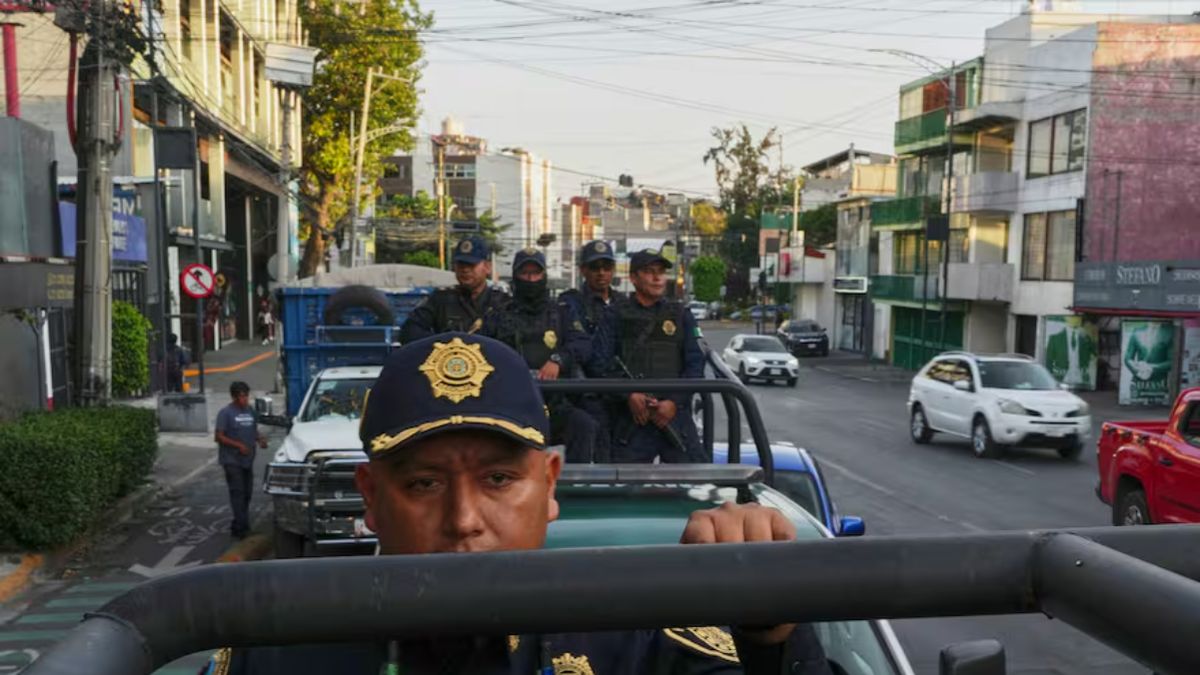How did the hiding place of the Jewish girl become known? Was it treason? A team researched for five years. The findings of the investigation were written down by Canadian author Rosemary Sullivan in the book The Treason of Anne Frank and published in January. The traitor was most likely to be a Jewish notary who wanted to save himself and his family. The eight Jewish residents of the Amsterdam Secret Annex, including Anne Frank, were deported. Only Anne’s father Otto survived.
“House of Cards of Evidence”
But in the meantime there was hardly anything left of the sensation. Well-known historians sharply criticized and found serious mistakes. Some spoke of a “house of cards of evidence”. Amsterdam Professor of Holocaust and Genocide Studies Johannes Houwink ten Cate said: “With great accusations comes great evidence. And there isn’t.”
The Dutch publisher Ambo Anthos put out a new edition and wants answers from the team first. “A more critical attitude would have been possible,” admitted the publisher. Those criticized deny the allegations and say they never claimed there was any certainty. They want to comment on the allegations at a later date.
How did all this happen?
Obviously with this project everything had to fit into the lucrative format of the cold case – the unsolved, therefore cold criminal case. But a critical view from outside, from historians, did not fit. The Cold Case team itself lists an impressive list of well-known historians and would like to thank them for their collaboration. Only: Many of them know nothing about it, revealed the daily newspaper “Trouw”.
Anne Frank (1929 – 1945), who wrote her now world-famous diary from 1942 until the betrayal in 1944 in the Amsterdam hiding place from the Nazis, is not simply a cold case. The director of the Anne Frank Foundation, Ronald Leopold, warned: “You have to be very careful before you write someone in history as a traitor to Anne Frank if you’re not 100 or 200 percent sure.”
Suspicion against notary checked in the 1960s
The team of around 200 experts was an initiative of a Dutch filmmaker and a journalist. It was run by ex-FBI agent Vince Pankoke, who once hunted down cocaine dealers in Colombia. “We didn’t find a smoking gun,” he said. “But our theory has a probability of more than 85 percent.”
Tens of thousands of documents were searched using the latest technical means, data analysis and artificial intelligence. The investigators also found an important piece of evidence. A copy of an anonymous letter that Otto Frank received after the war, in which the name of the notary was mentioned.
About 30 theories with possible suspects were examined in great detail and shelved as not very likely. But when it came to their own suspicions, the investigators were less careful.
There is the letter: The suspicion against the notary had already been investigated in the 1960s. The police found it unlikely. The questions from back then are still unanswered today: Who wrote the anonymous letter? And why? Should someone be blackened out of revenge?
“Slanderous Nonsense”
The address lists: The notary was a member of the Jewish Council, which, according to the Cold Case team, had lists of hundreds of addresses of Jews in hiding. Only: There is no evidence that the Jewish Council, which had been set up by the Germans by force, had kept such lists at all. Professor Houwink ten Cate says: “I’ve never seen anything like that in 35 years of research.” His colleague Bart van der Boom from Leiden University even spoke of “slanderous nonsense”. He is an expert on the history of the Jewish Council but was not consulted by the cold case team.
And the notary: At the time of the betrayal in August 1944, he and his family had already gone into hiding, according to a dissertation. Any contact with the German security service would only have drawn attention to him. A death sentence. However, the Cold Case team had not even read the study about the notary.
The mistakes could have been avoided if the book had previously been submitted to historians for proofreading. But only a few selected media had received it in advance with a very strict non-disclosure clause. They had no chance to present the test results to historians beforehand.
Probably on purpose, thinks Amsterdam historian David Barnouw, who himself spent years researching Anne Frank and her betrayal. “Obviously they weren’t so sure of themselves.” And then such a sensation is of course also very lucrative. The book should be marketed worldwide, a film is planned.
Source: Nachrichten




